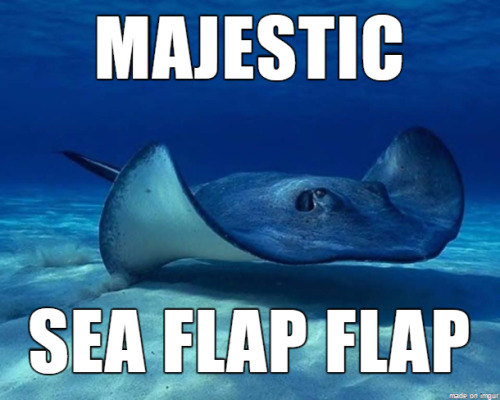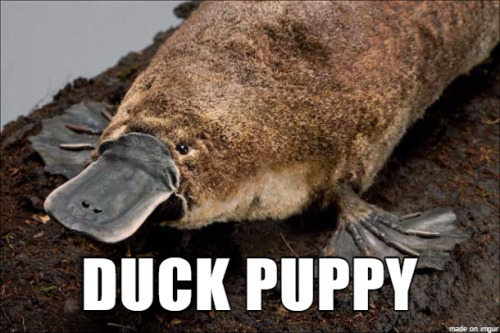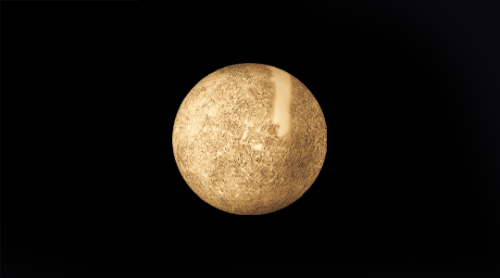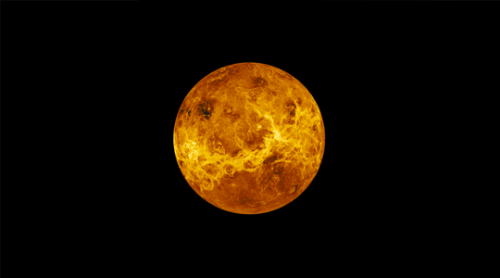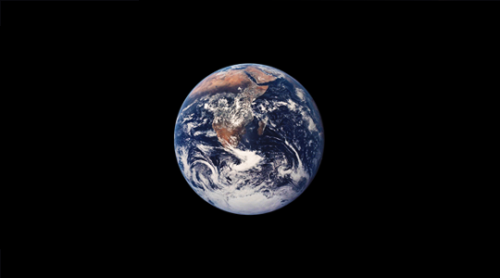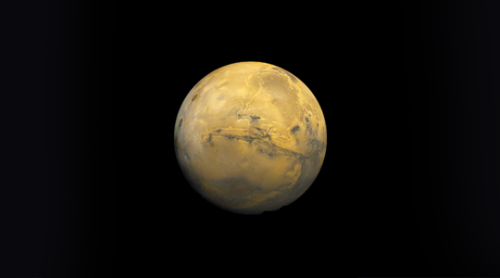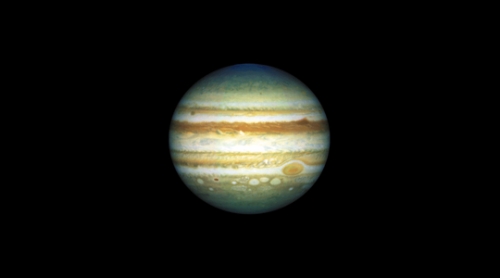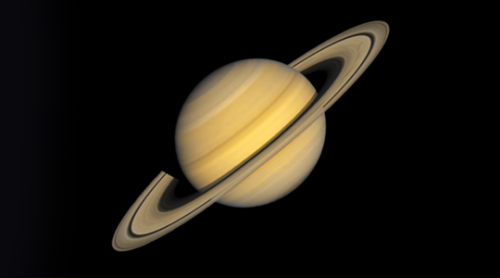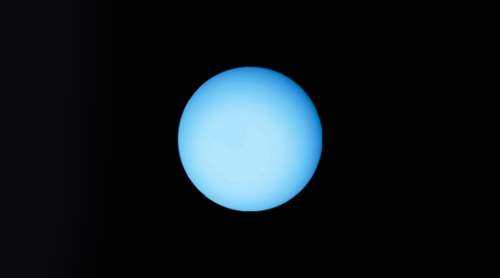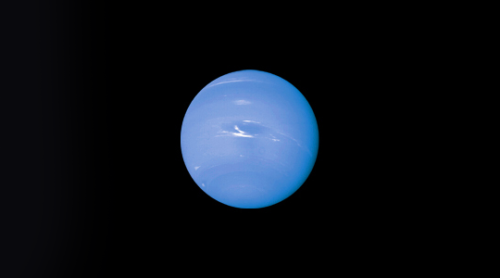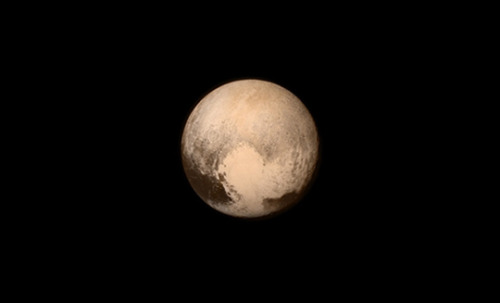Solar System: 5 Things To Know This Week
Solar System: 5 Things to Know This Week
Our solar system is huge, so let us break it down for you. Here are 5 things to know this week:
1. Letting the Air Out

The atmosphere on Mars is whisper-thin and drier than bone–but it wasn’t always that way. For the past year, the MAVEN mission has been orbiting the planet, piecing together clues about what happened to all the air on Mars. At 2 p.m. EST on Nov. 5, we will hold a briefing on some new findings about the Martian atmosphere. Make sure to tune in on NASA Television.
2. How Much Juno about Jupiter?

We’re all going to know a lot more about the king of planets soon, thanks to the Juno mission. Juno’s project scientist will be giving a live lecture on Nov. 5 and 6 to explain what discoveries might await and how the spacecraft is expected to survive Jupiter’s dangerous radiation environment for over a year, long enough to make over 30 close polar passes. Watch the live lecture HERE.
3. Excitement at Enceladus
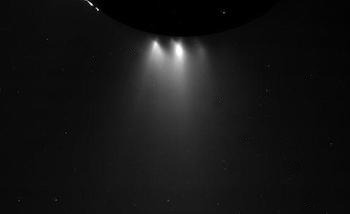
Our Cassini spacecraft has returned stunning images from its ultra-close flyby of Saturn’s active moon Enceladus on Oct. 28. The photos are providing a quick look at Enceladus and its plume of icy vapor from the moon’s geysers. But some of the most exciting science is yet to come, as scientists will be poring over data from Cassini’s instruments to see what they detected as they flew through the plume.
4. A New Dimension in Lunar Landscapes

The Lunar Reconnaissance Orbiter maps the moon in boulder-by-boulder detail daily. The team that operates the spacecraft’s most powerful camera has been releasing 3D versions of its high-resolution looks at the surface. You can see depth and detail in the pictures if you can get or make some red-blue glasses.
5. Pluto in Perspective

The New Horizons spacecraft has fired its engines again as it carries out a series of four maneuvers propelling it toward an encounter with the ancient Kuiper Belt object 2014 MU69, a billion miles farther from the sun than Pluto. Meanwhile, it continues the ongoing download of data from the Pluto encounter, including this recent stunner.
Make sure to follow us on Tumblr for your regular dose of space: http://nasa.tumblr.com
More Posts from Theidlerhour and Others
Once you start thinking of ‘poet’ as identity, once you start thinking that being a poet is just like being anything else that you are, as being something else that you were born, then you can go about doing the things that poets do, and you can go about that more comfortably. Or at least I think so. Or at least it gives you a rationale for why you’re doing what poets do. Like, ‘Why are you still in the dark, trying to read, at two o’clock in the morning?’ ‘Oh, because I’m a poet.’ ‘Why are you pulling your car over to write a line down and you’re already late to where you’re going?’ ‘Because I’m a poet.’
Jericho Brown, interviewed by Elisa Gonzalez for Washington Square Review (via bostonpoetryslam)
There is no branch of mathematics, however abstract, which may not some day be applied to phenomena of the real world.
Nikolai Lobachevsky (via curiosamathematica)
Modern math is like a pyramid, and the broad fundament is often not fun. It is at the higher and apical levels of geometry, topology, analysis, number theory, and mathematical logic that the fun and profundity start, when the calculators and contextless formulae fall away and all that’s left are pencil & paper and what gets called “genius,” viz. the particular blend of reason and ecstatic creativity that characterizes what is best about the human mind. Those who’ve been privileged (or forced) to study it understand that the practice of higher mathematics is, in fact, an “art” and that it depends no less than other arts on inspiration, courage, toil, etc….but with the added stricture that the “truths” the art of math tries to express are deductive, necessary, a priori truths, capable of both derivation and demonstration by logical proof.
David Foster Wallace, Rhetoric and the Math Melodrama (via mindfuckmath)
my writing style could best be described as “probably more commas than is entirely necessary”
Sometimes I want to go up to the people who insist that feminism and progressive values are Ruining Science Fiction and remind them that their genre exists because a teenaged girl was stuck at a house party and decided that inventing science fiction sounded more appealing than yet another tiresome threesome with Lord Byron.


Imagine a droplet sitting on a rigid surface spontaneously bouncing up and then continuing to bounce higher after each impact, as if it were on a trampoline. It sounds impossible, but it’s not. There are two key features to making such a trampolining droplet–one is a superhydrophobic surface covered in an array of tiny micropillars and the other is very low air pressure. The low-pressure, low-humidity air around the droplet causes it to vaporize. Inside the micropillar array, this vapor can get trapped by viscosity instead of draining away. The result is an overpressurization beneath the droplet that, if it overcomes the drop’s adhesion, will cause it to leap upward. For more, check out the original research paper or the coverage at Chemistry World. (Video credit and submission: T. Schutzius et al.)
-
 the-orangeauthor liked this · 4 years ago
the-orangeauthor liked this · 4 years ago -
 animareyrey liked this · 8 years ago
animareyrey liked this · 8 years ago -
 sprinklecupcakenipples liked this · 9 years ago
sprinklecupcakenipples liked this · 9 years ago -
 sakuradan liked this · 9 years ago
sakuradan liked this · 9 years ago -
 siriusadhara reblogged this · 9 years ago
siriusadhara reblogged this · 9 years ago -
 terrenis liked this · 9 years ago
terrenis liked this · 9 years ago -
 queergrls liked this · 9 years ago
queergrls liked this · 9 years ago -
 11g liked this · 9 years ago
11g liked this · 9 years ago -
 translucentransgender reblogged this · 9 years ago
translucentransgender reblogged this · 9 years ago -
 translucentransgender liked this · 9 years ago
translucentransgender liked this · 9 years ago -
 katya-forest-lair liked this · 9 years ago
katya-forest-lair liked this · 9 years ago -
 bohemian-rhapslori reblogged this · 9 years ago
bohemian-rhapslori reblogged this · 9 years ago -
 bohemian-rhapslori liked this · 9 years ago
bohemian-rhapslori liked this · 9 years ago -
 carryonmywaywardsmurf reblogged this · 9 years ago
carryonmywaywardsmurf reblogged this · 9 years ago -
 carryonmywaywardsmurf liked this · 9 years ago
carryonmywaywardsmurf liked this · 9 years ago -
 fuyunoakegata reblogged this · 9 years ago
fuyunoakegata reblogged this · 9 years ago -
 androgynousdestinyanchor-blog liked this · 9 years ago
androgynousdestinyanchor-blog liked this · 9 years ago -
 katiekat1928-blog liked this · 9 years ago
katiekat1928-blog liked this · 9 years ago -
 littleplasticspaceship reblogged this · 9 years ago
littleplasticspaceship reblogged this · 9 years ago -
 an-empty-sorrow liked this · 9 years ago
an-empty-sorrow liked this · 9 years ago -
 tristanshoard reblogged this · 9 years ago
tristanshoard reblogged this · 9 years ago -
 psychoticart14-blog liked this · 9 years ago
psychoticart14-blog liked this · 9 years ago -
 krystami-blog liked this · 9 years ago
krystami-blog liked this · 9 years ago -
 smitten-owl liked this · 9 years ago
smitten-owl liked this · 9 years ago -
 reverberate reblogged this · 9 years ago
reverberate reblogged this · 9 years ago -
 xfedit liked this · 9 years ago
xfedit liked this · 9 years ago -
 starhasarrived reblogged this · 9 years ago
starhasarrived reblogged this · 9 years ago -
 xxmp-92 liked this · 9 years ago
xxmp-92 liked this · 9 years ago -
 melting-clouds liked this · 9 years ago
melting-clouds liked this · 9 years ago -
 forgetyoursingalongsandlullabies reblogged this · 9 years ago
forgetyoursingalongsandlullabies reblogged this · 9 years ago -
 gayfromheaven-blog liked this · 9 years ago
gayfromheaven-blog liked this · 9 years ago -
 helefthisbikeunderabridge liked this · 9 years ago
helefthisbikeunderabridge liked this · 9 years ago -
 gomumera liked this · 9 years ago
gomumera liked this · 9 years ago -
 rjbailey reblogged this · 9 years ago
rjbailey reblogged this · 9 years ago -
 bombashuti reblogged this · 9 years ago
bombashuti reblogged this · 9 years ago -
 rjbailey liked this · 9 years ago
rjbailey liked this · 9 years ago
"To awaken my spirit through hard work and dedicate my life to knowledge... What do you seek?"
229 posts



